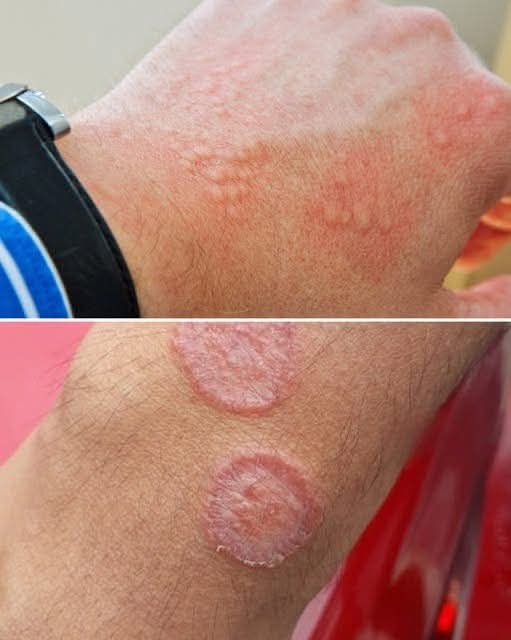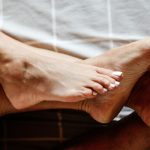Skin in the groin takes a lot of abuse—heat, sweat, rubbing, tight waistbands, hair removal—so irritation there is common and usually has a straightforward cause. One frequent culprit is ingrown hairs: a shaved or waxed hair curls back under the skin and sparks a red, itchy bump that can get tender or even infected. The fix is simple care, not squeezing—think warm compresses, gentle exfoliation, loose clothing, and a break from shaving until things calm down.
If the bumps look like tiny pimples around hair follicles and feel itchy or sore, folliculitis may be to blame. It can be triggered by friction, tight shorts, hot tubs or pools with questionable hygiene, or bacteria and yeast on the skin. Mild cases often settle with an antibacterial wash and a thin layer of over-the-counter topical antibiotic; more stubborn or widespread outbreaks sometimes need a prescription.
A different pattern—red, scaly, sharply edged patches that itch or burn and creep along the inner thighs—points to a fungus commonly called jock itch (tinea cruris). Fungus loves warm, damp folds, so staying dry is half the battle: swap to breathable underwear, change out of sweaty clothes quickly, use an antifungal cream as directed, and keep treating for a week after the rash clears to prevent a comeback.
Sometimes the skin is simply reacting to something it doesn’t like. Contact dermatitis shows up as redness, itching, and occasionally tiny blisters after exposure to fragrances, harsh soaps, detergents, fabric dyes, or even certain elastic waistbands. Removing the trigger usually does the trick; switch to fragrance-free, dye-free products and consider a short course of 1% hydrocortisone cream to quiet the itch.
When moisture and friction team up in skin folds, the result is intertrigo—red, raw, sometimes stinging skin that can pick up an odor or secondary infection. Airflow and protection help here: pat dry after bathing (don’t rub), use a cool hairdryer on low, dust with an absorbent powder or apply a thin barrier cream (zinc oxide or petroleum jelly), and treat any bacterial or fungal overgrowth if it appears.
You can prevent many flare-ups with a few habits: shower after sweating, dry thoroughly, rotate breathable fabrics (cotton or moisture-wicking blends), avoid very tight clothing, trim rather than shave if you’re prone to ingrowns, and stick to mild, fragrance-free cleansers and detergents. It’s time to get medical advice if symptoms don’t improve after a week or two of good care, keep spreading, are very painful, or come with fever, pus, or extensive redness—those can signal an infection that needs targeted treatment.


